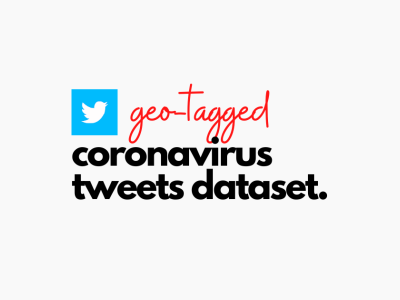Image Dataset of Tea Chrysanthemums in Complex Outdoor Scenes

- Citation Author(s):
-
Siyang ZangLei ShuKai HuangZhiyong GuanRu HanXiaochan WangJiaxu BaoYe ZhengYifan Chen
- Submitted by:
- Siyang Zang
- Last updated:
- DOI:
- 10.21227/rqkg-pb94
- Data Format:
 28 views
28 views
- Categories:
- Keywords:
Abstract
Tea chrysanthemums can provide many components that are beneficial to human health. However, the harvesting process is time-consuming and labor-intensive. In the future, tea chrysanthemums harvesting can be done by machines. The first step towards automated harvesting is the detection of tea chrysanthemums, which are highly dependent on the quantity and quality of datasets. In a natural environment, a strain of chrysanthemum can present multiple flower heads in different stages and sizes. There is a lack of sufficient datasets, making it challenging to detect tea chrysanthemums in complex outdoor scenes. Consequently, we present a dataset about six types of tea chrysanthemums (Bo-chrysanthemum, Hangbaiju, Jinsihuangju, Wuyuanhuangju, Gongju, and Chuju) images with 81276 images (1080×1920 pixels). An image acquisition method based on the Mi 10 phone to capture the images of tea chrysanthemums, which can meet the requirement of detecting tea chrysanthemums in complex outdoor scenes. Compared with the pictures collected in a controlled environment in the past. This dataset contains five difficult-to-identify situations caused by complex outdoor conditions: (1) direct light, (2) backlight, (3) shadow, (4) occlusion, and (5) overlap. Moreover, 3000 images of each type of tea chrysanthemum are labeled manually and saved in XML format. This dataset is available for training and validation of a machine learning model to detect tea chrysanthemums in complex outdoor scenes. Besides, this paper also provides 453 original images (5760×3240 pixels) and videos (1080P and 60FPS) of tea chrysanthemums for other researchers to perform image processing according to their requirements.
Instructions:
The file includes six kinds of chrysanthemums, each kind of chrysanthemum corresponding to the folder includes
(1) annotations: The annotation file with XML format corresponding to the file in JPEGImages
(2)JPEGImages: 3000 images from Total images
(3)Original images: the original images collected
(4)Total images: images after processing
(5)Videos: captured video data








